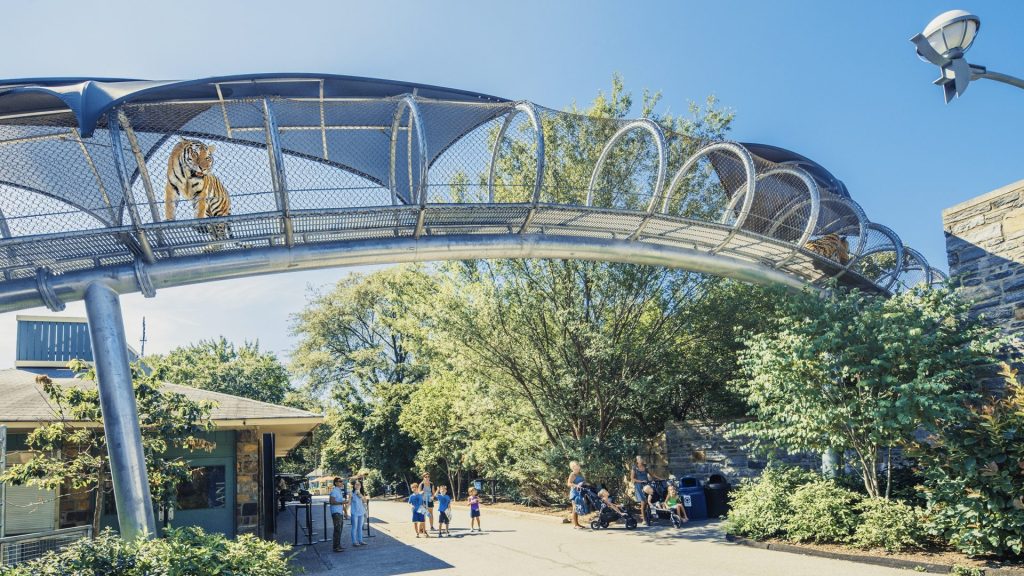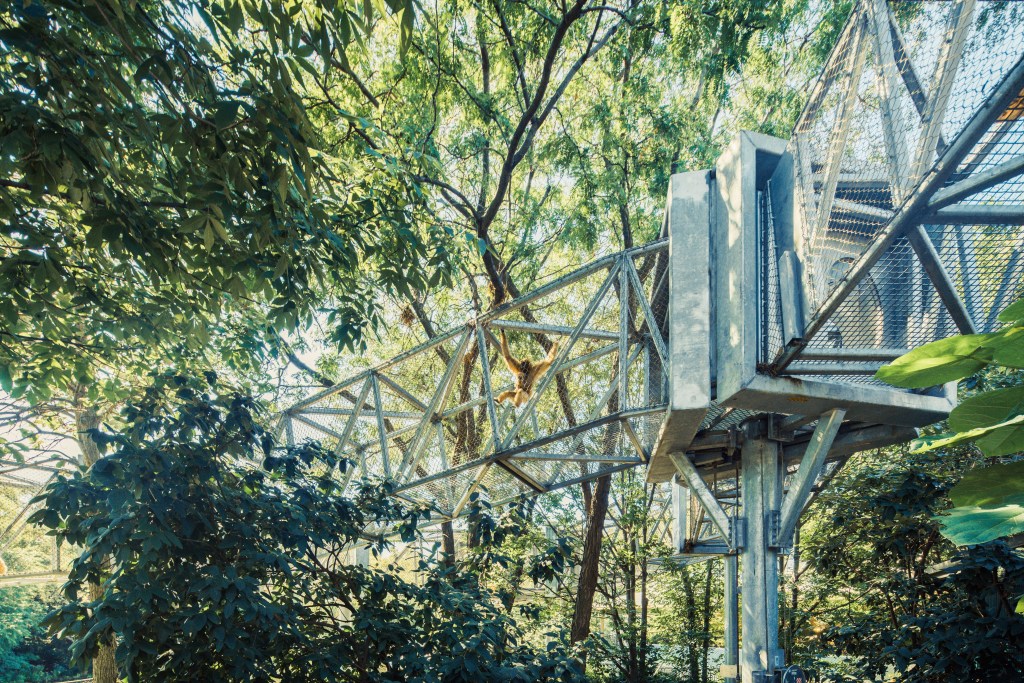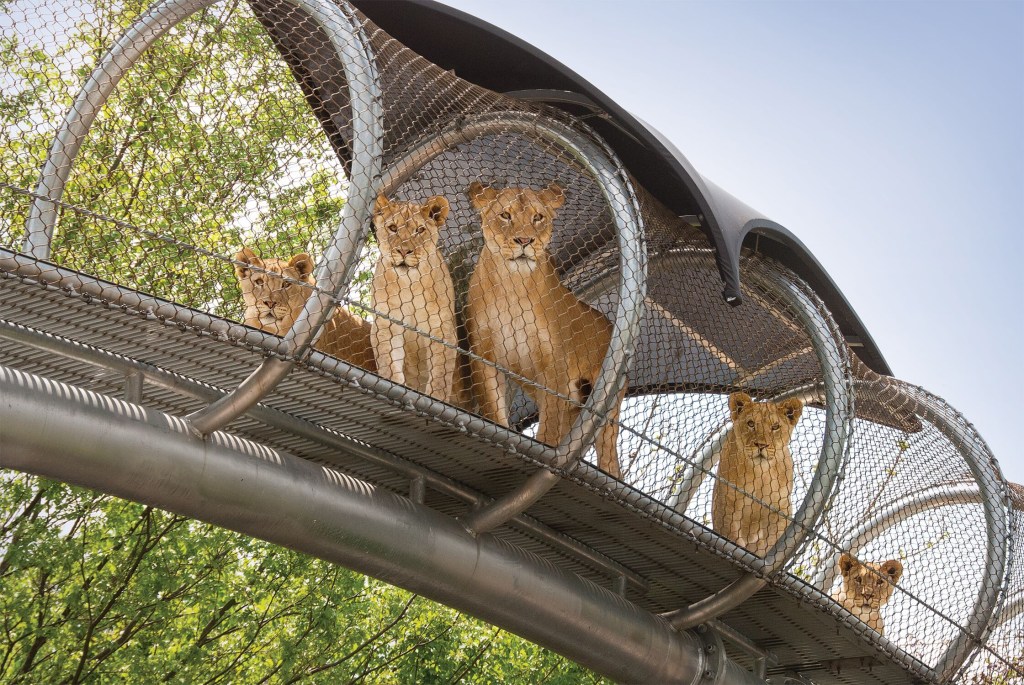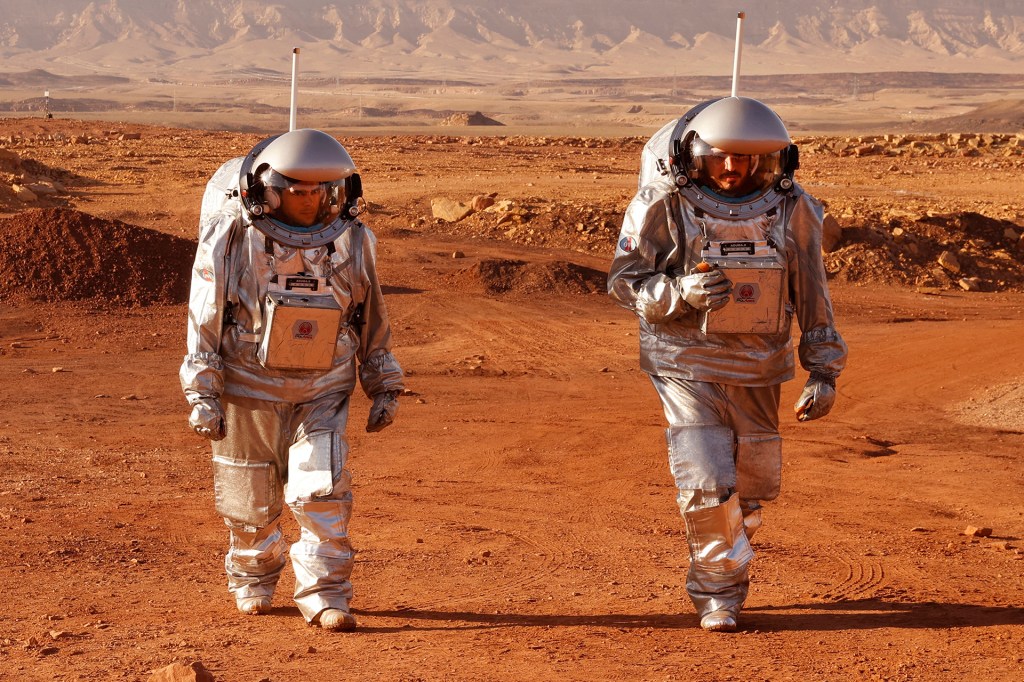
For a mother and kids at the Philadelphia Zoo, in Pennsylvania, it was a close encounter of the ferocious kind. Directly in front of them was a Siberian tiger. But the family did not panic. They laughed. The tiger was in a meshed-in walkway.
That tiger trail is part of Zoo360. The exhibit has changed the way humans and animals experience the zoo. But Zoo360’s bigger impact may come from its effort to change animals’ lives in captivity.
Many experts think zoos need a major overhaul if they’re going to last. The Philadelphia Zoo may be the best model for that change.
Studies show that many animal species are smarter and feel more than we have understood. Animals may suffer when they are removed from the wild. If creatures suffer when they’re confined, should they be held in captivity?
“Even the best zoos today are based on captivity and coercion,” says Jon Coe. He is the zoo designer who invented the Zoo360 concept. “To me, that’s the fundamental flaw.”
Rethinking Zoos

A white-handed gibbon at the Philadelphia Zoo has room to explore.
FRANCK BOHBOT FOR TIMEIn 1975, when David Hancocks took over as director of the Woodland Park Zoo, in Seattle, Washington, it looked like any other major-city zoo. But within a year, Hancocks hired Coe to rethink how zoo animals are kept. Coe developed a plan that incorporated natural vegetation, room to roam, and abundant light.
The new polar-bear exhibit at the St. Louis Zoo, in Missouri, is a good example of an exhibit that has the animals’ best interests at heart. The $16 million, 40,000-square-foot enclosure dedicates an area to each of the polar bear’s native environments: sea, coast, and tundra.
Many zoos, however, do not have the money and space needed to provide a proper home for an animal. Take elephants, for example. A recent study shows how elephants thrive when they have social connections and can gather their own food. In 2011, the Association of Zoos and Aquariums (AZA) started requiring zoos with elephants to keep at least three of the animals and an elephant scientist on staff. Not every zoo can afford that.
Creature Connection

Lions look down on zoo visitors.
PHILADELPHIA ZOOHancocks has done a lot to shape the zoos we see today. Now he spends more time thinking about their future—and flaws. An exhibit might look better than a cage, but an animal might get little benefit from it. “A concrete tree is as useless as a light pole,” he says. “From the animals’ point of view, they’re really no better off.”
Most zoo officials don’t agree. Many have dedicated their lives to working with animals. Ask a dozen zoo directors why these places should exist today, and education, conservation, and science all come up.
But helping people understand animals is the most common answer. “That moment at a zoo, when a person sees a gorilla look them back in the eye, helps them grasp their role in a greater natural world,” says Mike Clifford. He works at a design firm that helps zoos create exhibits.
People are going to zoos in greater numbers than ever. According to the AZA, in 2015, more than 170 million people visited zoos in the U.S. Still, those big numbers will do little to lessen the growing arguments against keeping animals captive.
“Where are we going?” asks David Towne, who once oversaw the Woodland Park Zoo. “I guess I’m worried.”








